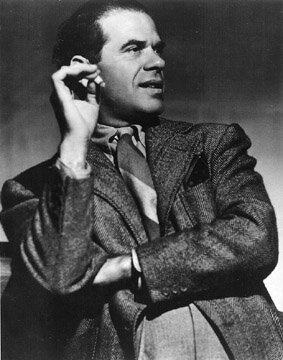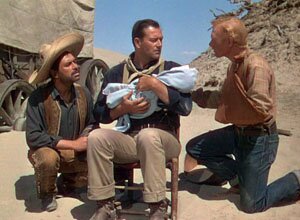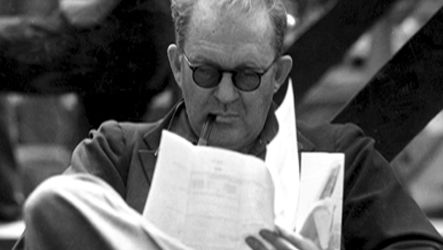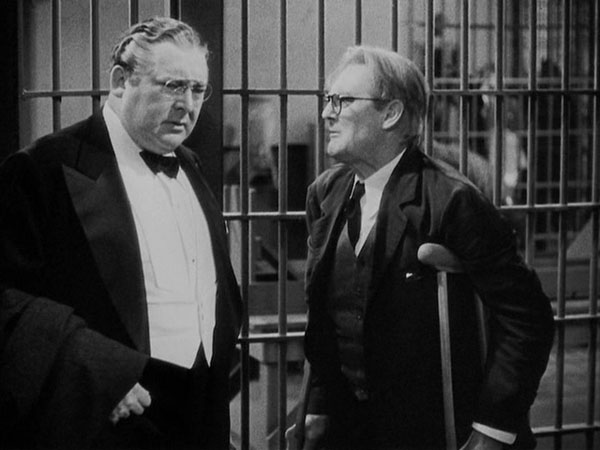--a version of my article was also published at Catholic Exchange today.
British author Stevie Smith (1902-1971) once penned a
striking poem called “Not Waving But Drowning.” The poem retells a real-life
incident in which a man swimming at a beach began to drown; when his friends on
the shore saw him gesticulating wildly, they misinterpreted his signals for
help as cheerful waving at them:
Nobody heard him, the
dead man,
But still he lay
moaning:
I was much further out
than you thought
And not waving, but
drowning.
Poor chap, he always
loved larking
. . .
It must have been too
cold for him his heart gave way,
They said.
Oh, no no no, it was
too cold always
. . .
I was much too far out
all my life
And not waving but
drowning.
Smith’s poem hints at the unhappy truth that human
perception is flawed; that there is too often a disparity between the way we
perceive someone and the reality about them. In fact, frequently what we see of
another person’s life is not merely different from but totally opposed to the
real story.
It was exactly this grim poem about misperception that came
to my mind when I opened my Facebook page and contemplated a sickening social
ill splattered like a headline across the top of my news feed.
A woman I know in her 20s was bombarding Facebook with
pictures of herself kissing her boyfriend, bragging about how happy she is
shacking up with this year’s bedmate. How she’s so much in love. How nothing on
earth could make her happier than being the live-in girlfriend of this hottie
hunk of man—unless a cure could be found for the cramps her contraception gave
her from time to time.
My heart ached at this depressing situation, and yet this
was only one example of an
all-too-common problem: that many young people I’ve encountered appear happy and content to live on a strange level of unreality: the world of
sexual license and self-serving materialism. Some have dived so deep into this
secular worldview it seems unlikely they’ll ever resurface to sanity. Atheism,
agnosticism, and anti-religious sentiments are prevalent in my generation. Getting
drunk is a good time; sexual sins are not sins to them; hook-ups,
contraception, and gay marriage are the norm of “love”; and anyone who objects
to these things is a narrow-minded bigot.
They seem satisfied that their notions of true happiness apparently reach
no higher than owning the newest iPhone, beating the latest video game, or
achieving a romantic relationship that resembles the Twilight series.
I realized, however, that, just like the people on the shore
in Stevie Smith’s poem, my perception of this situation is not quite accurate. External
signs of happiness, “wavings” in which the obstinately-secular flaunt before
the world what they profess makes
them happy (such as the hooked-up couple whose “love” is not grounded in a
life-long commitment before God, or the college student who denies the
existence of God and seems overjoyed at purchasing a newer piece of technology
or attending the midnight premiere of the latest blockbuster)—these external
trappings of happiness and high emotions are signs not of flourishing but of
failing; of empty souls slowly drowning in a world flooded by materialism.
People who have plunged into this secular mindset aren’t really doing what will leave them
satisfied. Alcohol, drugs, and extra-marital sex can’t actually give lasting
happiness or lead to human fulfillment; they just effect a cheap imitation of
joy for a very short time. And people who seek nothing higher will ultimately
find themselves lost, unhappy, and restless, with bitter hearts and broken
lives. The material pleasures with which they surround themselves are not
happiness, but only empty replacements for the deeper joy of vocation and
virtue—and will leave the souls who embrace them still floundering for
something real to cling to.
The contracepting couple without the grace of the sacrament of Marriage to keep them going in tough times probably won’t still be together when they’re middle-aged, let alone next year. The young atheists in times of suffering will fumble for some humanitarian meaning to life that will eventually leave them cold and seeking satisfaction elsewhere. Even if at the moment they seem quite content with their situation, that’s not the whole story. We don’t see the damage they’re doing to their own hearts; hearts flailing for help because they’re not yet in the right place. The tragedy is that, unlike the poet’s dead man, they don’t seem to realize it. They’ve been much too far out all their lives; and they are not waving, but drowning.












































